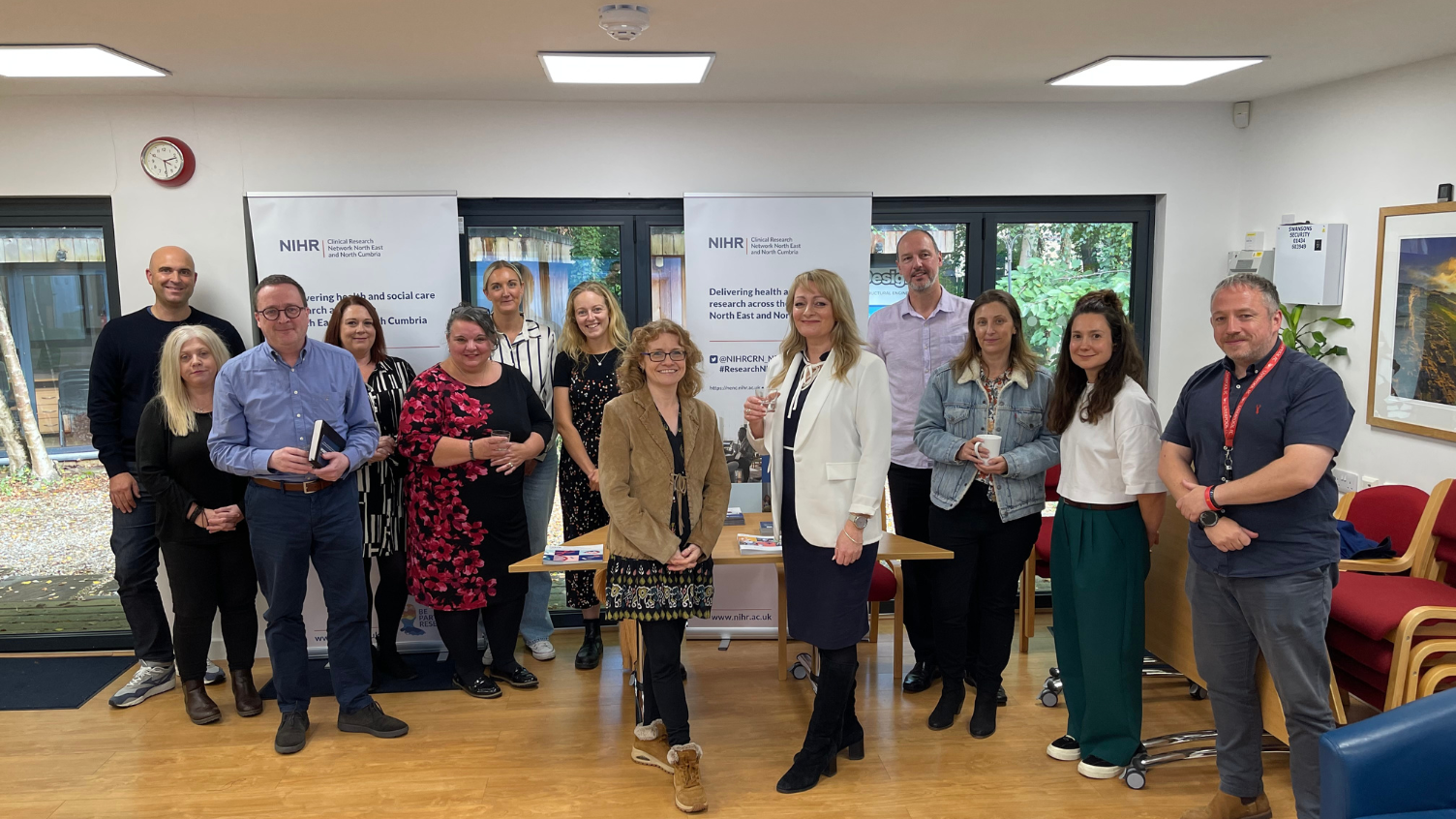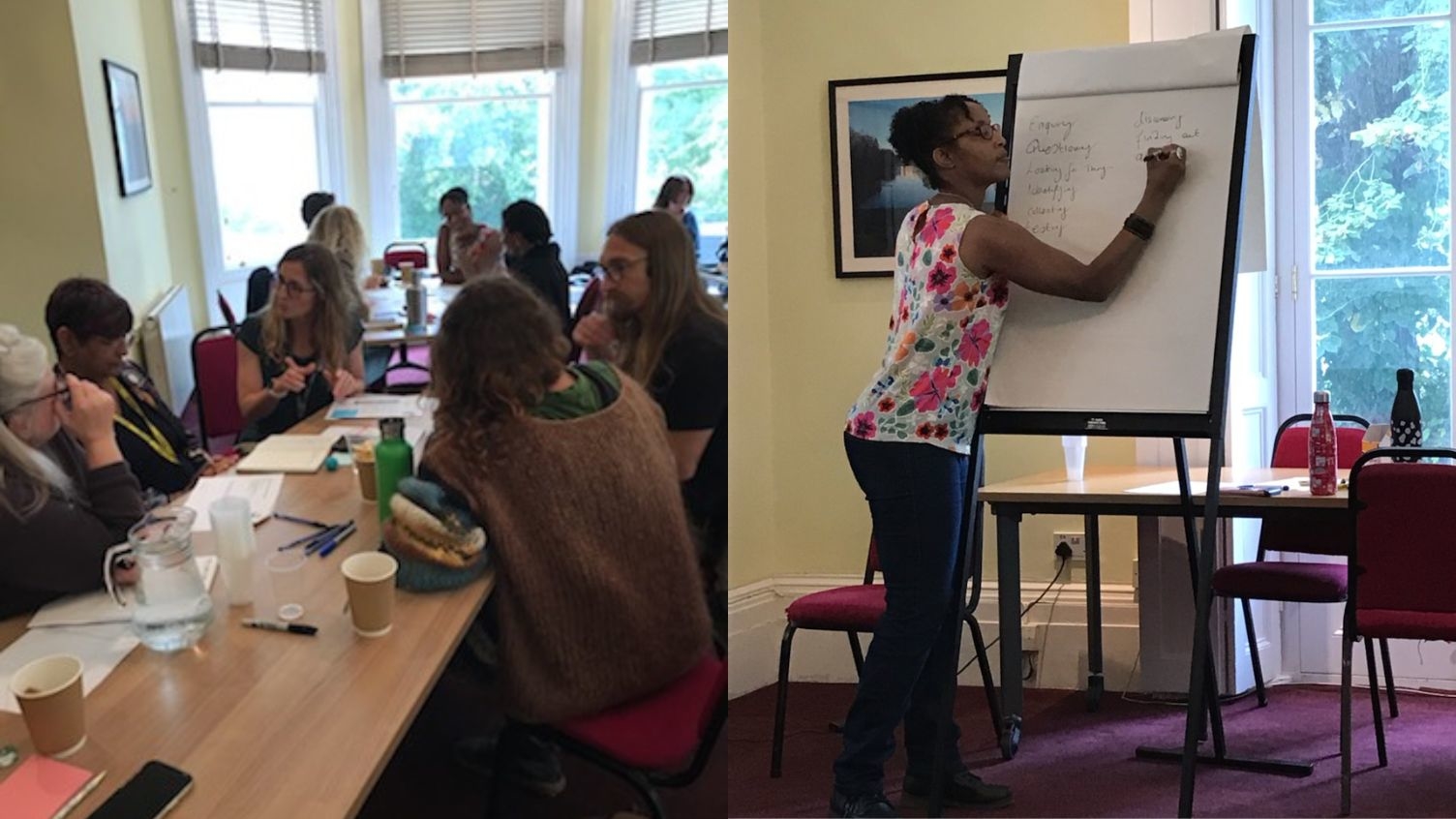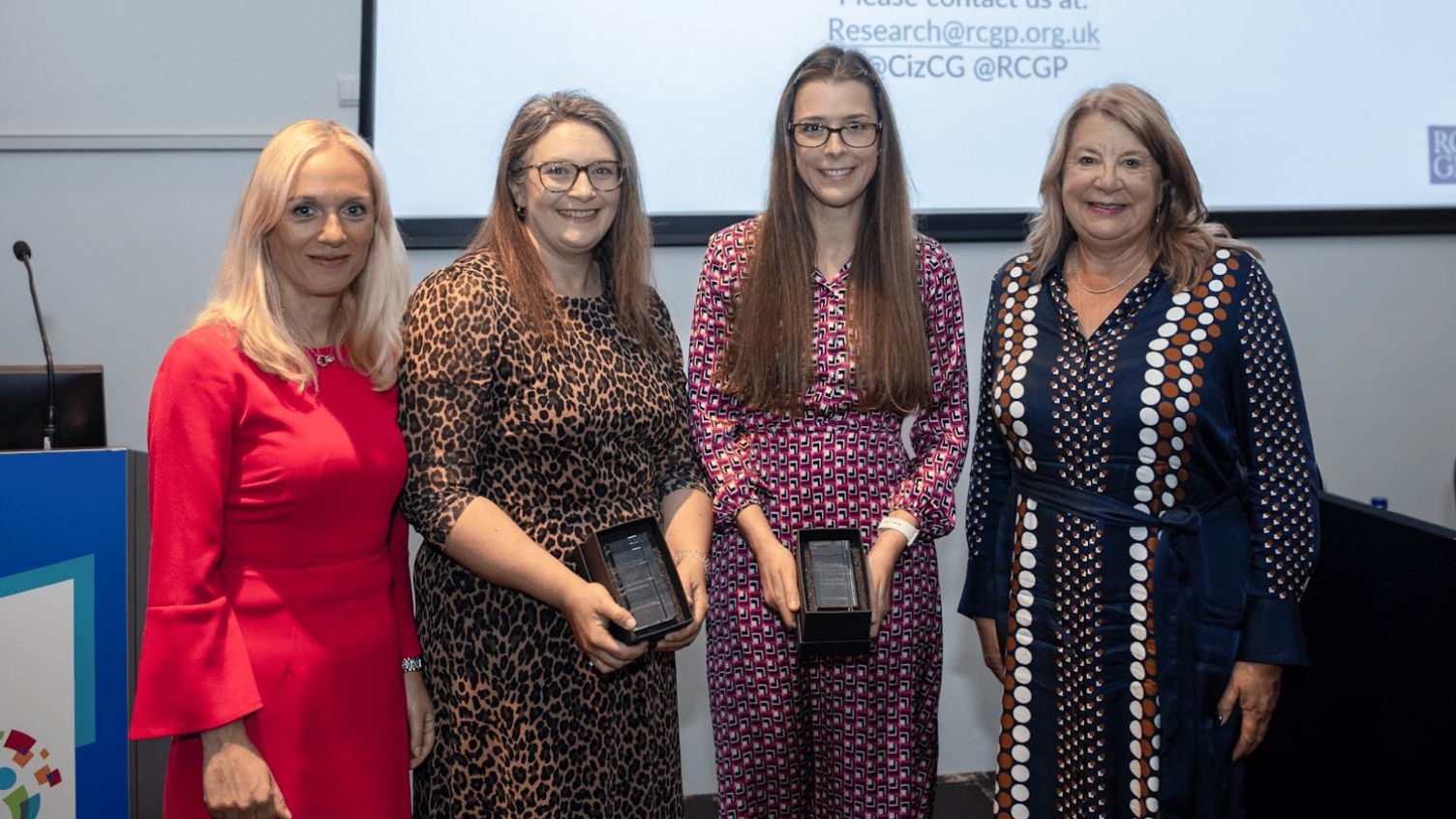Nurse and midwifery census: research is a part of clinical care
- 15 February 2023
- 3 min read
The full findings of the Census for Registered Clinical Research Nurses and Midwives (CRNM) in the UK and Republic of Ireland, launched in 2021, have been published by the NIHR. We discussed the findings and their significance with Research Matron Naomi Hare.
The NIHR 70@70 Senior Nurse and Midwife Research Leaders in collaboration with the devolved nation research nursing and midwifery leads and the Irish Research Nurse and Midwives Network, launched a national scoping ‘census’ across the UK and Ireland in Autumn 2021. The census, which was the first of its kind, aimed to provide a baseline measure of the size and composition of the research nursing and midwifery workforce across the health and social care sectors.
According to the final report published this month, there are at least 7,469 clinical research nurses and midwives in the UK and Republic of Ireland. Although the actual number is likely to be much higher, the census demonstrates the existence of a substantial community of highly trained CRNM professionals with specialist knowledge.
How did the Census for Registered Clinical Research Nurses and Midwives come about?
Naomi Hare, Research Matron within the Gastrointestinal Medicine and Surgery Directorate, Guy’s and St Thomas' NHS Foundation Trust, and NIHR 70@70 Senior Research Nurse Leader Alumna, was part of the senior nursing and midwifery working group that designed, developed and disseminated the self-reported census. She was also part of the group analysing the results and formulating and editing the report. Naomi explains how the census came about:
“Clinical research nurses and midwives play a pivotal role in delivering and leading research and improving patient care, so it was important to gather a more accurate picture of the entire workforce. It is really a first step in addressing the complexities associated with the role and will enable greater collective influence around workforce recognition, planning, training and education.
“Part of the NIHR 70@70 Senior Nurse and Midwife Leaders cohort formed a working group and we invited the devolved nations to join us. The project was supported by the NIHR Nursing and Midwifery Office. The idea behind the census was to complement and build on the established evidence base and focus on the role of research nurses and midwives.”
Research is integrated into clinical care
Naomi manages research delivery within the Gastrointestinal Medicine and Surgery Directorate and works in A Centre Of Research for Nurses and Midwives (ACORN) at Guy’s and St Thomas' NHS Foundation Trust, where she supports nurses and midwives who are in clinical or research delivery roles to engage with evidence and research.
One of the key findings Naomi was pleasantly surprised with was that 34% of research nurses and midwives are working in joint clinical and research roles. It means they work as a research nurse or midwife and as a clinical specialist, with considerable variation in how they split the two roles in terms of hours. Naomi says:
“It was brilliant to see that a third of our workforce are working in dual roles because it can offer NHS nursing and midwifery staff really varied experience and flexibility. We believe that it brings considerable value to both colleagues and patient care that clinical and research roles are integrated. Without any additional work, 34% of roles are already set up like that. I think it completely shows that research is integrated into clinical care and into clinical roles.”
The results of the census will be used to inform future workforce planning and to ensure that high-quality research and patient care is consistently delivered which, it is hoped, will ultimately improve patient experience, confidence and competence of the workforce as a whole.
Substantial professional community
The importance of the census is that it clearly demonstrates the existence of a substantial community of clinical research nurses and midwives and professionals with specialist knowledge. Naomi says:
“We knew that there was a workforce out there, but we didn't know the breadth and the spread of it. These findings hold a lot of potential in generating further meaningful contributions to the evidence base relating to our roles, visibility, positioning and, particularly for those of us in leadership roles, for strategic planning for this key workforce. Of course, describing delivery roles is just a start and further work is needed to gain a broader understanding of the research workforce.”
You can read the full census report on the NIHR website. If you’d like to read a PDF version of the report, please email crnsouthlondon@nihr.ac.uk.


